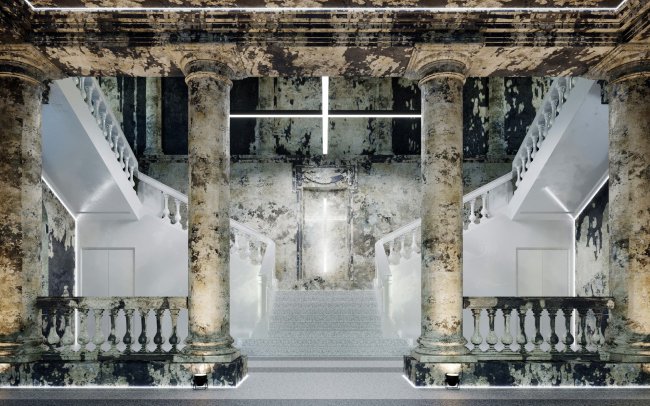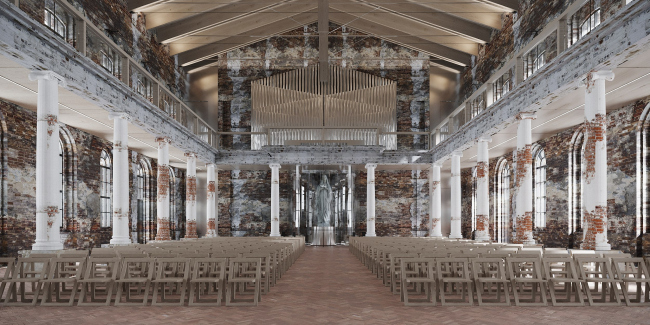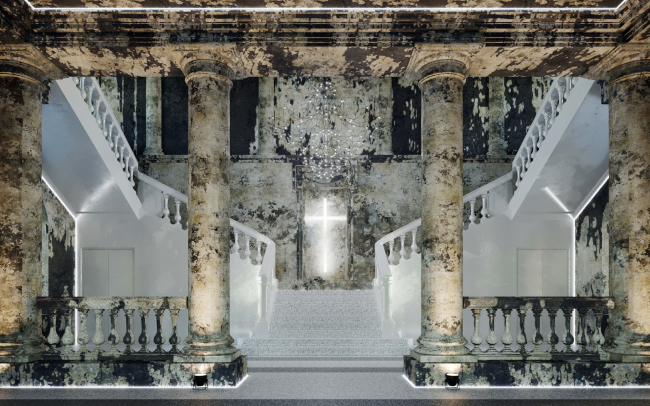|
Published on Archi.ru (https://archi.ru) |
|
| 23.04.2024 | |
|
Transformation of Annenkirche |
|
|
Alyona Kuznetsova |
|
|
For Annenkirche (St. Anna Lutheran Church in St. Petersburg), Sergey Kuznetsov and the Kamen bureau have prepared a project that relies on the principles of the Venice Charter: the building is not restored to a specific date, historical layers are preserved, and modern elements do not mimic the authentic ones. Let’s delve into the details of these solutions. The Evangelical Lutheran Church of St. Anna on Kirochnaya Street, better known in the city by its German name of Annenkirche, is a monument of federal significance. Its value is not only associated with the construction date or the name of the architect Yuri Felten, the architect of many iconic places in St. Petersburg. Throughout its existence, the building has continued to play a role as a spiritual, cultural, or social center, attracting prominent city residents within its walls. Karl Fabergé attended services here, and Karl Bryullov was married here. After the church was converted into the “Spartak” cinema, Joseph Brodsky frequented it. And in the 1990s, rock concerts (no less!) were held here – for example, “Korol i Shut” (“King and Jester”), an iconic Russian punk band of the 1990s used to perform here – and a bar opened in what used to be the chapel.  None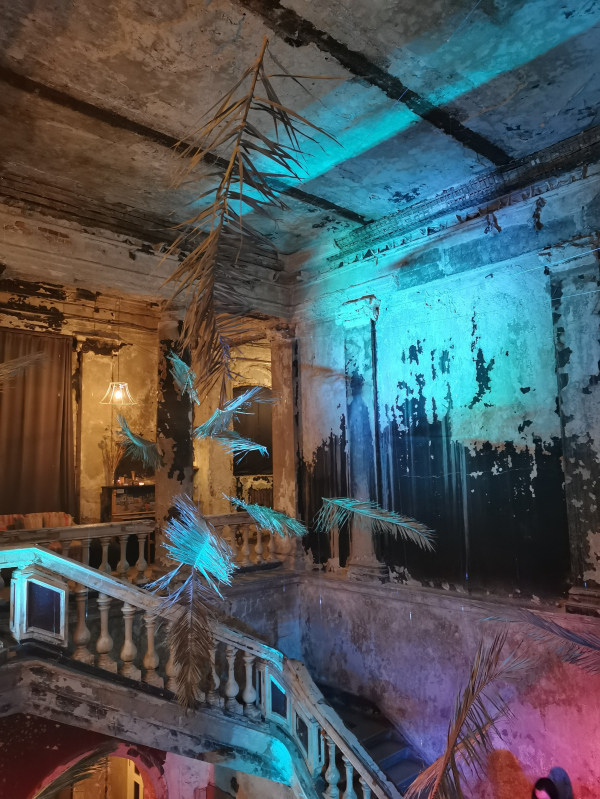 None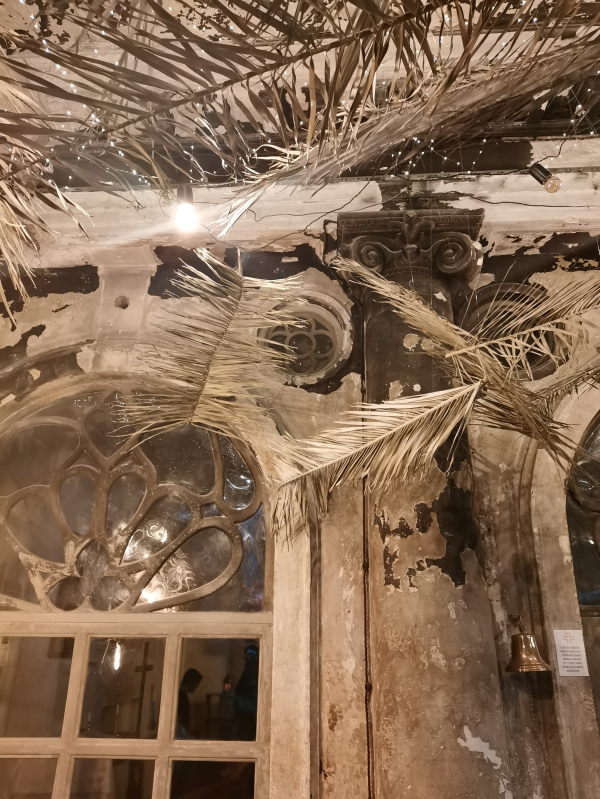 None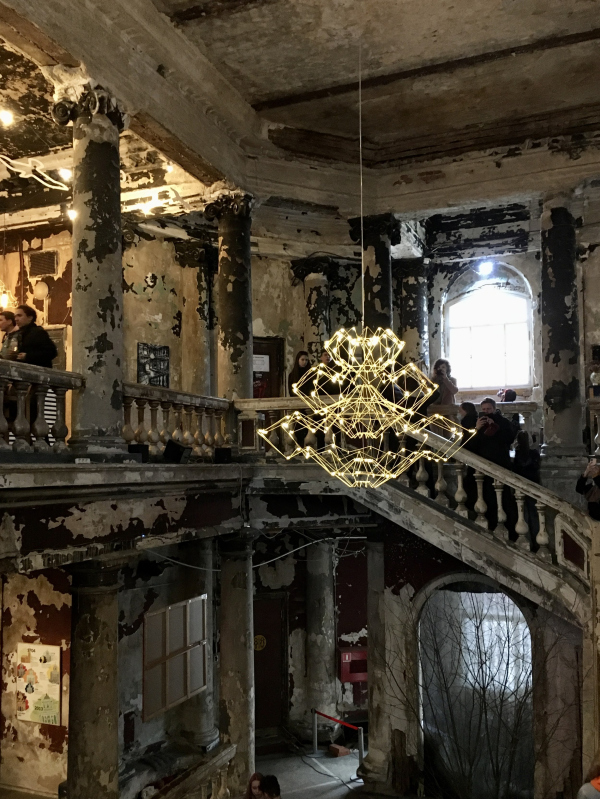 NoneEvery day Annenkirche hosts lectures, concerts, meetings, and creative workshops. In 2021, the team invited the chief architect of Moscow, Sergey Kuznetsov, to organize a watercolor exhibition. The Newcomer Sergey Kuznetsov not only conducted the exhibition but also developed a close relationship with the team at Annenkirche, which had long been contemplating reconstruction. Both sides found the collaboration incredibly successful: the church received the sketch concept and support of Sergey Kuznetsov free of charge, while the architect gained the opportunity to associate himself with a “project that is liked, in demand, and popular”. The initial sketches, developed with the participation of Ivan Grekov and Kamen architects, emerged in early 2023. This was followed by a stage of measurements and inspections of the building. In April of the current year, the concept was endorsed by specialists from the Committee for the State Preservation of Historical and Cultural Monuments of St. Petersburg and the Council for the Preservation of Cultural Heritage, providing only some recommendations. NoneThree Layers Sergey Kuznetsov emphasizes that the proposed project is neither restoration nor reconstruction, but not remodeling either – it is rather a “transformation”. There will be no radical changes; the space will retain its somber atmosphere but will become more elegant and suitable for hosting exhibitions and concerts: for example, gallery lighting will be introduced, and the hall’s acoustic response will be enhanced. Possibly, a real organ will replace the electric one. 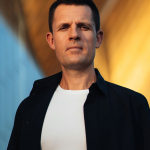 Sergey Kuznetsov, Chief Architect of Moscow It is important that this is not a restoration of the church, because we are not restoring anything here, and we are not trying to restore any of the statuses that the building may have had at some point in time – neither a movie theater nor a facility built in the 18th century. On the other hand, it is not a reconstruction, because we are not going to radically change anything here: additions, annexes, superstructures – there will be none of that here. I would call our project a transformation of Annenkirche. I want to be as delicate as possible and go from the way the Annenkirche space has already developed, how it lives now and will live in the future. Maybe make it more comfortable here and there, offering some more elegant solutions. However, I am not going to impose my personal vision of the whole building. The most extensive work will be required for the load-bearing structure, which is currently partially supported by temporary props. It is also planned to dismantle the wooden ceiling: this will make the space more open and brighter, with more headroom appearing above the gallery. NoneNoneIn accordance with the principles of the Venice Charter, modern architectural elements will be distinctly modern, allowing visitors to easily distinguish historical layers. For instance, the staircase, which appeared in the 1930s after reconstruction by the project of Alexander Gegello, is intended to be restored to its original white color and polished to a shine – thus, the layer of the cinema period will be evident. How transitions will be executed and where accents will be placed – all of this is still subject to consideration: perhaps more wood will be added, aesthetically closer to the modern layer and structures. The project will be financed using non-budgetary funds. Completion of the works is anticipated by 2025. NoneNoneNone |
|
